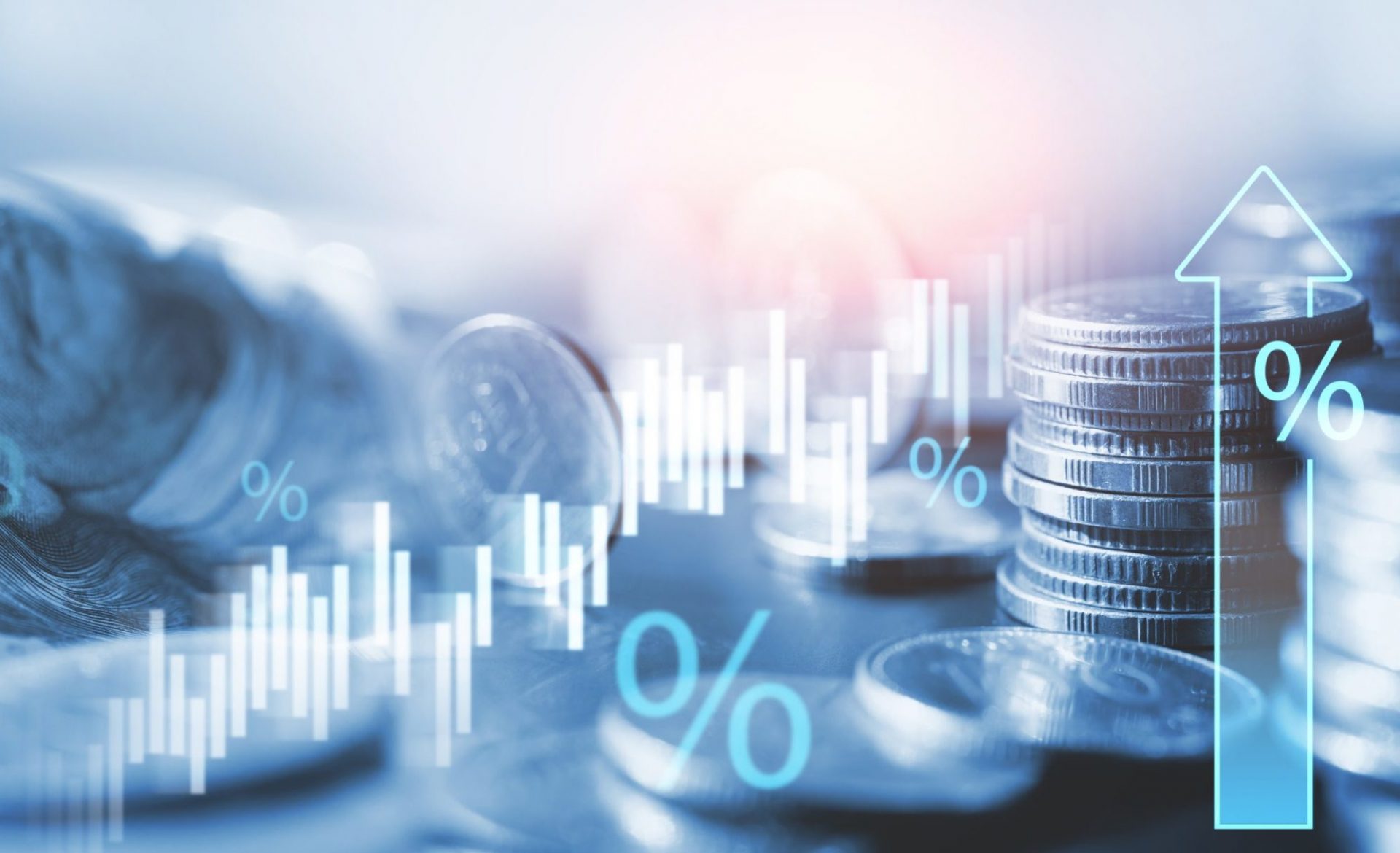Inflation refers to the continuous rise in the general level of prices, leading to the devaluation of currency. This means that with the same amount of money, fewer products can be bought than before. Essentially, inflation is a result of the “overproduction” of money, which increases the prices of goods and reduces the purchasing power of money. Inflationary periods are defined as times when consumer prices, measured by the Consumer Price Index (CPI), generally increase.
Consumer Price Index (CPI) is a measure that tracks the changes in the price levels of goods and services that households use for personal consumption. The CPI basket typically includes items such as food, clothing, housing, fuel, transport, and medical care. This index, calculated using household consumption data, serves as the official measure of inflation in Albania.
Inflation can vary in its intensity and is classified into some types:
1. Low Inflation: A positive inflation rate between 0-4% annually. A sustained increase after a period of low inflation can signal emerging economic concerns.
2. Moderate Inflation: A higher, yet manageable rate of inflation.
3. Galloping Inflation: Prices increase by two or three digits annually. This severe form of inflation disrupts macroeconomic stability, devalues currency, destroys savings, and complicates life for individuals and businesses.
4. Hyperinflation: Is a devastating economic phenomenon marked by extremely high and rapidly accelerating inflation. It can have severe consequences for an economy, including the collapse of financial systems and widespread social unrest. Effective management requires a combination of currency reform, monetary and fiscal policies, and often international assistance.
5.Deflation: Refers to a decrease in the general price level of goods and services. This means that the inflation rate is negative, and prices are falling. Deflation can lead to reduced consumer spending, as people might delay purchases in anticipation of lower prices in the future, which can negatively impact the economy.
*To clarify, low inflation is still a positive inflation rate, indicating prices are rising slowly. Deflation, on the other hand, indicates that prices are actually dropping.
Recent CPI data indicates trends in inflation (in Albania):
– May 2023: The CPI reached 114.3 compared to December 2020, with an annual inflation rate of 4.7%, down from 6.7% in May 2022. The monthly change from April 2023 was -0.3%.
– May 2024: The CPI reached 116.8 compared to December 2020, with an annual inflation rate of 2.2%, down from 4.7% in May 2023. The monthly change from April 2024 was -0.2%.
In summary, the data show a continuous increase in the CPI, a slowing annual inflation rate, and a downward trend in monthly prices. This indicates a positive move towards economic stability, though ongoing monitoring is necessary to ensure this trend persists.


